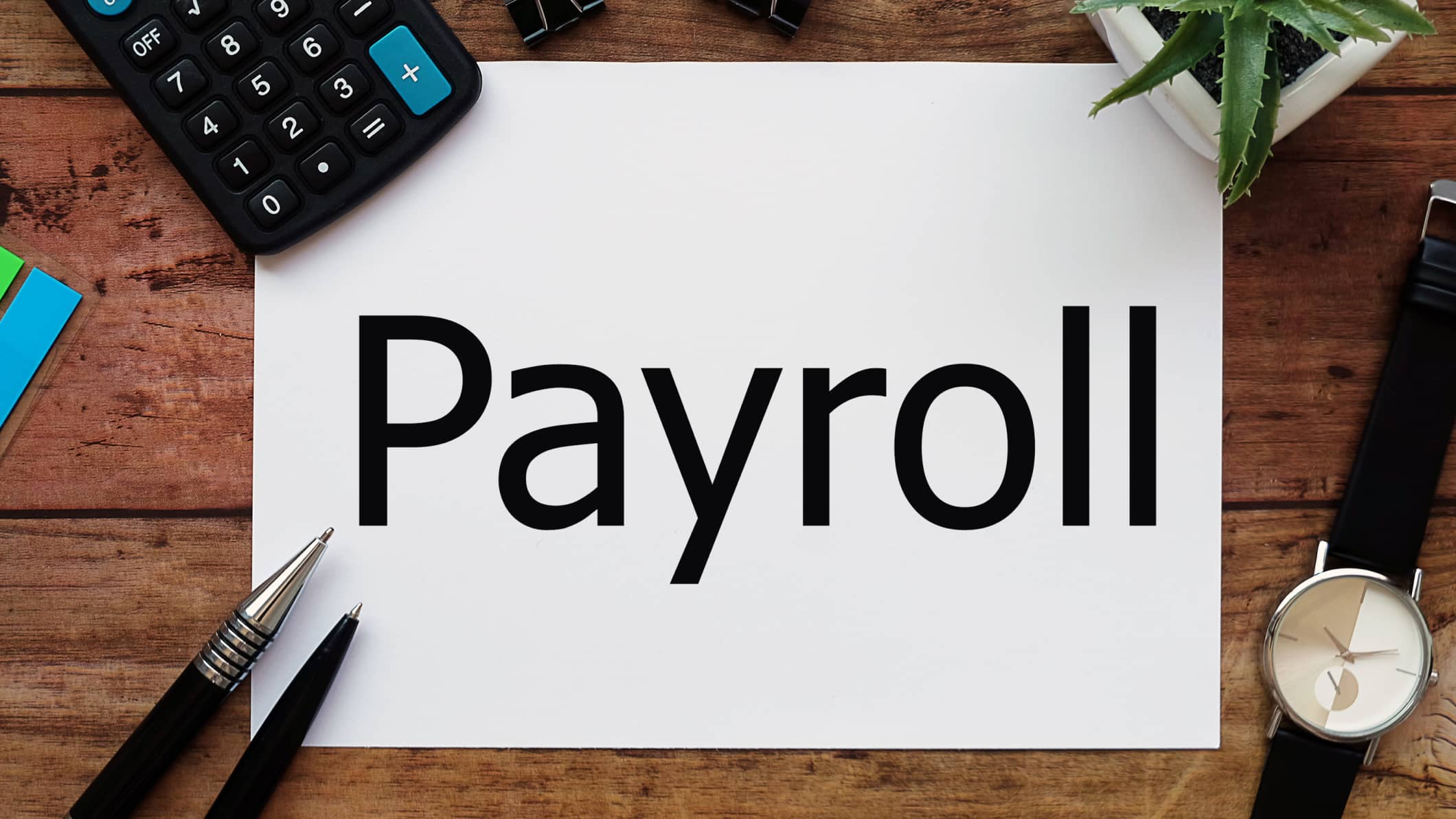how to find payroll number
Understanding How to Find Payroll Number: The Key to Payroll Access
Your payroll number, often called an Employee ID, Personnel Number, or Payroll ID, is a unique identifier assigned to you by your employer. This critical piece of information acts as your personal reference within the company’s payroll and human resources systems. Its primary function is to ensure your salary payments, tax deductions, benefits enrollment, and statutory reporting are processed accurately and efficiently. Without it, accessing your payslips, resolving pay discrepancies, completing tax forms, or even sometimes using internal company systems can become significantly more difficult. Think of it as your essential key to unlocking smooth payroll operations and personal employment records.
Why Locating Your Payroll Number is Essential
Knowing your payroll number is not just a formality; it’s crucial for several practical aspects of your employment. Firstly, it is indispensable for accessing your electronic or physical payslips, which detail your earnings and deductions. Secondly, it is required for understanding and verifying year-end tax documents like the P60 in the UK or the W-2 in the US. Thirdly, if you encounter any issues with your pay, such as underpayment or incorrect deductions, the payroll team will need this number to swiftly locate your records and resolve the problem. Furthermore, enrolling in or managing company benefits, submitting expense claims, or accessing certain internal HR self-service portals often mandates the use of your unique payroll identifier. Essentially, it streamlines all interactions concerning your compensation and core HR data.
Your First Stop: Locating Your Payroll Number on Your Payslip
The most direct and reliable source for your payroll number is your payslip. Whether you receive a physical printout or access it electronically via a company portal or email, this document consistently contains your unique identifier. Examine your payslip carefully. Typically, the payroll number is positioned near the top or bottom of the document, often within the header or footer sections. Look closely around areas displaying your name, home address, and National Insurance Number (UK) or Social Security Number (US). Common labels used include “Employee ID,” “Payroll ID,” “Personnel Number,” “Staff No.,” “EE ID,” or simply “ID.” The format is usually alphanumeric. If you have access to multiple payslips, check them all, as the placement might vary slightly month-to-month, but the number itself will remain constant.
Accessing Your Payroll Number Through Company Self-Service Portals
Most modern organizations utilize a Human Resources Information System (HRIS) or a dedicated Employee Self-Service (ESS) portal. These online platforms are a primary hub for accessing your employment information, including your payroll number. Begin by logging into your company’s intranet or the specific HR/payroll portal using your assigned work credentials. Once logged in, navigate to sections related to your personal profile or payroll details. Common navigation paths include headings like “My Profile,” “Personal Information,” “Employment Details,” “Pay & Compensation,” “Payroll Information,” or “Tax Documents.” Within these sections, meticulously scan the displayed information. Your payroll number should be clearly listed, often near your personal details or job information. Some portals might have a dedicated field labeled “Employee ID” or similar. If your company offers a dedicated mobile app for HR services, check within its payroll or profile sections as well.
Finding Your Payroll Number in Employment Documentation
Crucial onboarding documents frequently contain your payroll number. Your formal Employment Contract is a prime place to look. Review the initial pages or sections that outline the parties involved – your details and the company’s details. Your payroll number is often listed alongside your name, job title, and start date. Similarly, your original Job Offer Letter, issued before you officially joined, might also include this identifier within the employee information section. If you are a relatively new hire and haven’t yet received your first payslip, these documents (contract and offer letter) are among your most reliable initial sources. Keep your signed copies in a safe place for future reference.
Secondary Sources: Tax Documents and Other Company Communications
If the primary sources prove elusive, broaden your search to other official documents. Year-end tax statements are a valuable secondary source. For instance, in the UK, your P60 form, summarizing your annual pay and tax, will prominently feature your payroll number, usually near your name and National Insurance Number. In the US, your W-2 form similarly includes your employer’s details and your wages; your payroll number might be listed near your Social Security Number or in a box labeled “Employee ID.” Documents related to your company benefits enrollment (e.g., pension, health insurance forms) may also contain your payroll ID as a reference. Occasionally, although less common, your physical company ID badge might display the number. Also, reconsider any welcome emails or onboarding communications sent by HR or Payroll when you joined the company, as these sometimes include essential details like your ID.
When to Contact HR or Payroll for Your Payroll Number
If you have diligently checked your payslips, the self-service portal, your contract, offer letter, and relevant tax documents but still cannot locate your payroll number, the next step is to contact your Human Resources (HR) department or the dedicated Payroll team. This is the most authoritative source. Before reaching out, gather necessary identifying information to help them locate your record quickly and securely. Be prepared to provide your full legal name, your job title or position, your department, your official start date, and your company email address. Having this information ready demonstrates you’ve tried other methods and expedites their assistance.
Best Practices for Contacting HR or Your Manager
Utilize the official channels designated by your company for HR or payroll inquiries. This might be a specific HR email address, an internal ticketing system, a dedicated contact form on the intranet, or a phone line. Clearly state the purpose of your contact in the subject line or initial greeting: “Request for Payroll Number / Employee ID.” In your message, briefly mention you have checked the common sources (payslip, portal, contract) but were unable to locate it. Provide the identifying information clearly. If you are unsure of the correct HR contact point, or if you are a very new hire still navigating internal processes, it can be appropriate to ask your immediate Manager or Supervisor. They can either provide the information if they have access or, more likely, direct you to the correct HR contact or process for obtaining it.
Special Considerations for New Hires and Remote Workers
New employees might face unique challenges finding their payroll number before their first pay cycle. In this case, prioritize reviewing your Employment Contract and Offer Letter thoroughly. Pay close attention to your Onboarding Paperwork Pack provided by HR; this often includes a welcome letter or information sheet containing essential details like your employee ID. Monitor your company email for any welcome communications from HR or Payroll specifically mentioning your identifier. Remote workers should focus heavily on digital avenues. Ensure you know how to access the company HRIS or self-service portal remotely. Electronic payslips and digital onboarding documents will be your primary resources. Clear communication with HR via email or virtual channels is key if you encounter difficulties accessing these digital sources.
Important Considerations: Confidentiality and Label Variations
Treat your payroll number with the same level of confidentiality as other sensitive personal information. Avoid sharing it indiscriminately, as it is a key identifier within your employer’s systems. Only provide it when necessary for legitimate work-related purposes, such as payroll inquiries, benefits administration, or official forms. Be aware that companies use a wide variety of terms for this identifier. While “Payroll Number” and “Employee ID” are common, don’t be surprised to see labels like “Personnel Number,” “Associate ID,” “Staff Code,” “EE Number,” or company-specific acronyms. Focus on the unique code itself rather than the specific label used. The underlying purpose – uniquely identifying you for payroll and HR purposes – remains consistent regardless of the terminology.
Troubleshooting: What to Do If You Still Can’t Find Your Payroll Number
Persistence is key. If your initial search was unsuccessful, revisit the primary sources – double-check your most recent payslip and meticulously navigate the HR self-service portal again, exploring different profile sections. Sometimes the number is displayed in a less obvious location. If contacting HR initially doesn’t yield results, ensure your request was clear and contained all necessary identifying details. Follow up politely if you haven’t received a response within a reasonable timeframe (e.g., 2-3 business days). When you do receive your payroll number, take a moment to verify it. Does it match the number if you subsequently receive a payslip or see it in the self-service portal? Store the number securely for future reference, such as in a password manager or a secure personal file, to avoid repeating the search process.
Conclusion: Mastering Your Payroll Identity
Locating your payroll number is a fundamental task for navigating your employment smoothly. By systematically checking your payslip, company self-service portal, employment contract, and offer letter first, you can often find it quickly without external help. Secondary sources like tax documents or benefits forms provide useful alternatives. If these methods fail, contacting HR or Payroll with the necessary identifying information is the definitive solution. Remember the importance of confidentiality and be mindful of varying terminology across organizations. Knowing where to find and how to use your unique payroll number empowers you to manage your pay, benefits, and employment records effectively, ensuring you remain in control of this crucial aspect of your professional life.







